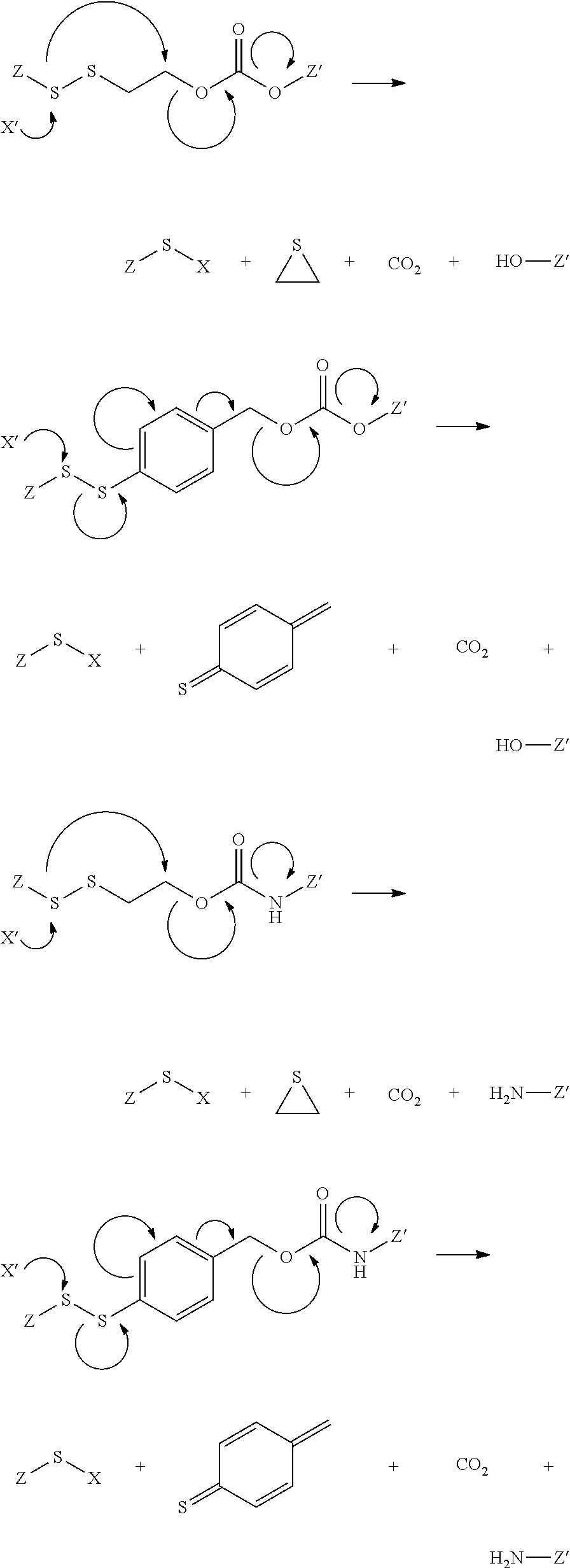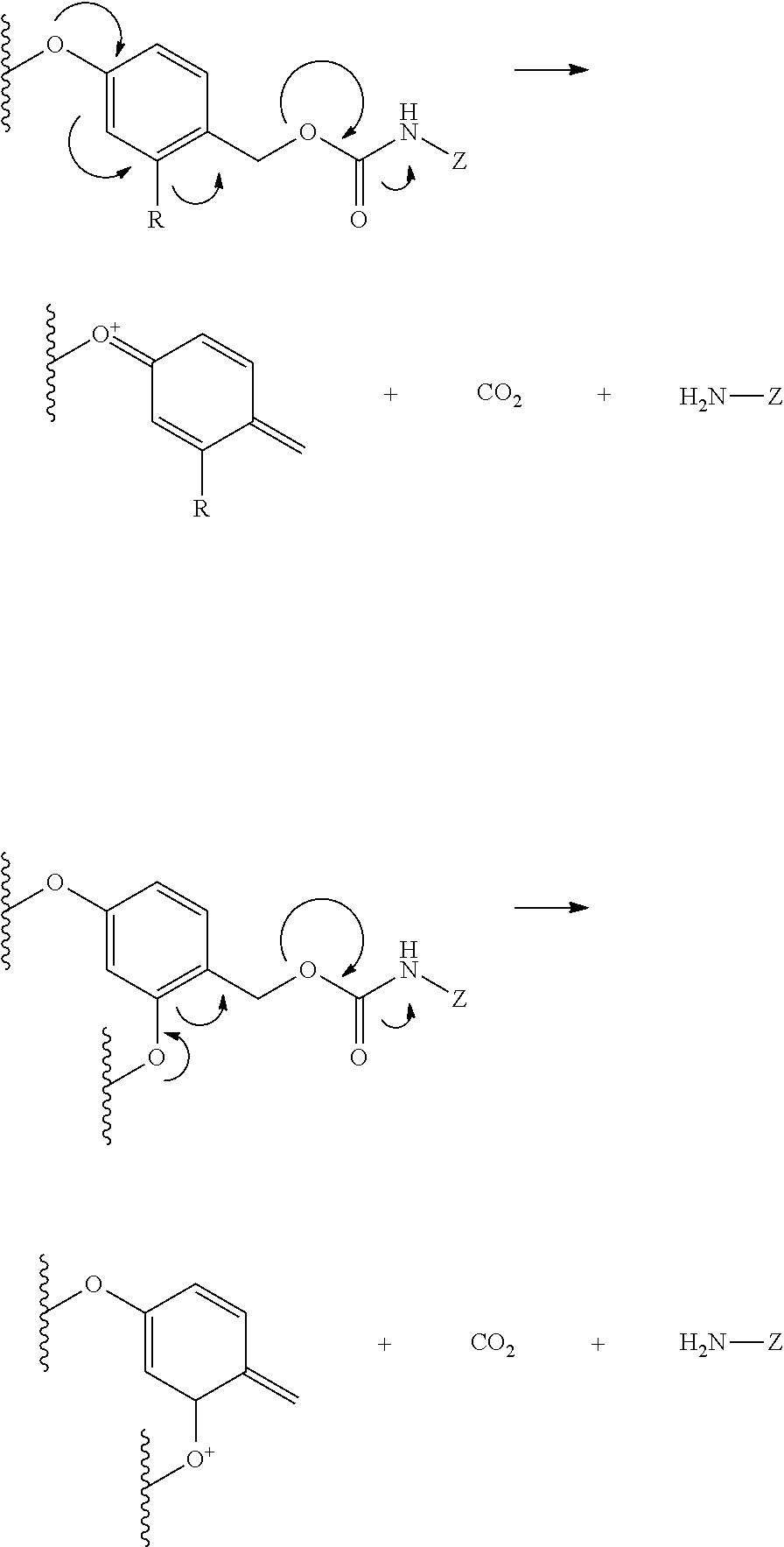PSMA binding ligand-linker conjugates and methods for using
a technology of psma and conjugates, which is applied in the field of compounded and methodological treatments of prostate cancer, can solve the problems of affecting the quality of life of patients, osteoporosis and liver damage, and the use of hormonal drugs is often accompanied by side effects
- Summary
- Abstract
- Description
- Claims
- Application Information
AI Technical Summary
Benefits of technology
Problems solved by technology
Method used
Image
Examples
examples
[0197]The compounds described herein may be prepared by conventional organic synthetic methods. In addition, the compounds described herein may be prepared as indicated below. Unless otherwise indicated, all starting materials and reagents are available from commercial supplies. All amino acid starting materials were purchased from Chem-Impex Int (Chicago, Ill.). 1H NMR spectra were obtained using a Bruker 500 MHz cryoprobe, unless otherwise indicated.
Example
[0198]General synthesis of PSMA imaging agent conjugates. Illustrated by synthesis of a 14-atom linker compound, where B is a PSMA binding ligand as described herein.
[0199]
[0200]Compounds are synthesized using standard fluorenylmethyloxycarbonyl (Fmoc) solid phase peptide synthesis (SPPS) starting from Fmoc-Cys(Trt)-Wang resin (Novabiochem; Catalog #04-12-2050). Compounds are purified using reverse phase preparative HPLC (Waters, xTerra C18 10 μm; 19×250 mm) A=0.1 TFA, B=Acetonitrile (ACN); λ=257 nm; Solvent gradient: 5% B to 80...
example
[0270]General Method for Metastatic Prostate Cancer Imaging. Male athymic nu / nu mice (4-5 weeks of age) are anesthetized using 2-3% isfluorane in oxygen prior to injection of 1×106 22 RV1 cells suspended in 100 μL cell culture medium into the left ventricle of the heart. Once the mouse is fully anethetized, the animal is placed on its back securing both arms down with tape. The chest is then wiped with 70% ethanol, allowing for the external visualization of the external anatomy of the chest. The injection is made at the second intercostal rib space just along side of the sternum using a 25 gauge needle. The needle is inserted slowly into the heart (6 mm) and cell suspension is injected into the left ventricle of the heart slowly over a period of 30 seconds to 1-minute. After the completion of injection, the needle is quickly withdrawn to prevent cells leaking from the heart.
[0271]The development of metastasis is imaged and diagnosed from fourth week onward in vivo by tail vein injec...
PUM
| Property | Measurement | Unit |
|---|---|---|
| length | aaaaa | aaaaa |
| total volume | aaaaa | aaaaa |
| temperature | aaaaa | aaaaa |
Abstract
Description
Claims
Application Information
 Login to View More
Login to View More - R&D
- Intellectual Property
- Life Sciences
- Materials
- Tech Scout
- Unparalleled Data Quality
- Higher Quality Content
- 60% Fewer Hallucinations
Browse by: Latest US Patents, China's latest patents, Technical Efficacy Thesaurus, Application Domain, Technology Topic, Popular Technical Reports.
© 2025 PatSnap. All rights reserved.Legal|Privacy policy|Modern Slavery Act Transparency Statement|Sitemap|About US| Contact US: help@patsnap.com



